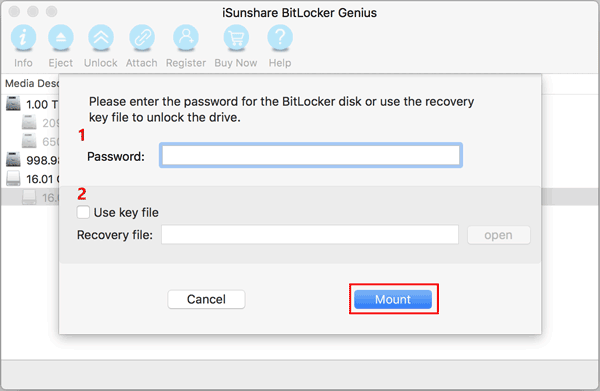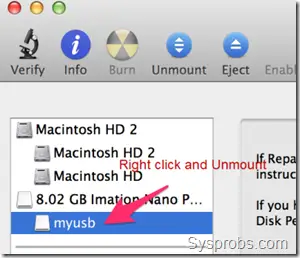

According to Apple, a Striped RAID Set "stores files in segments ('stripes') across all the disks in the set. This is crucial for anyone who can't afford to lose their work. It's a standard automatic backup so that if your primary drive fails, you don't lose any data. Mirrored RAID simply duplicates the contents of one drive onto another. The former is for backup, the latter for performance. Here you can use multiple drives to set up a Mirrored RAID or a Striped Raid. The RAID tab allows you to create RAID sets using multiple drives These tabs are the tricky ones though and tend to be where people get into trouble by clicking on things they don't understand! Erase The other tabs in the center section of Disk Utility are much more self explanatory: Erase, RAID and Restore. Though I'm not sure I would go this far, some even claim that repairing permissions is "useless 99.9% of the time!" The only reason to do it is if you're experiencing problems that could be related to permissions (perhaps after a major install). The main point here is that repairing permissions is not a preventive measure. Repair Permissions is not a periodic maintenance task or a preventive measure." He goes on to argue that repairing permissions is "voodoo" and that "troubleshooting computers is science, not magic." Why not daily or weekly you ask? John Gruber sums it up nicely here: "If you are not experiencing any symptoms that would indicate permission-related problems, there is no reason to run Repair Permissions. Most users can get by just fine by performing this action with a frequency of 'rare to never.' However, most users can get by just fine by performing this action with a frequency of "rare to never." Upon hearing that it's a good thing to do, you might be tempted to think that you should be repairing your permissions all the time, some even swear by performing this action daily. The question of how often one should repair permissions is a hotly debated topic.

In fact, it's likely a very rare case when this will actually address your problem, which is why I typically take the "when all else fails" approach. How Often Should You Repair Permissions?ĭespite the anecdote above, repairing permissions really isn't the end of your problems with OS X.
Unmount disk image from os x mac#
If permissions problems are found, you can click "Repair Disk Permissions" to have your Mac automatically fix any of the issues it can find. The First Aid tab allows you to verify and repair permissions

From here you can click "Verify Disk Permissions," which will run a check to see if there are any problems. To do this, click on a disk and then select the "First Aid" tab near the center of the window. When you "repair disk permissions" you're essentially telling your system to take a look at that secret receipt and fix any files whose permissions don't line up with what they should be. Over time, various installations, un-installations, upgrades and the like can wreak havoc on the permissions of certain files. When many things are installed, OS X writes a secret file in /Library/Receipts that tells the System what the permissions should be. Certain user accounts have different access privileges to certain files. So what are disk permissions, why do they get screwed up and how do you fix them? The simplified answer is that OS X automatically assigns various files on your computer an owner and further decides the level of interaction other users are allowed to have. Mac users that have been around for a while have a saying, "When all else fails, repair disk permissions." This action is viewed as a sort of a magic cure all that addresses all types of various untraceable issues. For that, you'll need a third party utility like DaisyDisk.įixing Disk Problems with Repair Permissions Unfortunately, Disk Utility won't give you a breakdown of how this storage is being used.


 0 kommentar(er)
0 kommentar(er)
